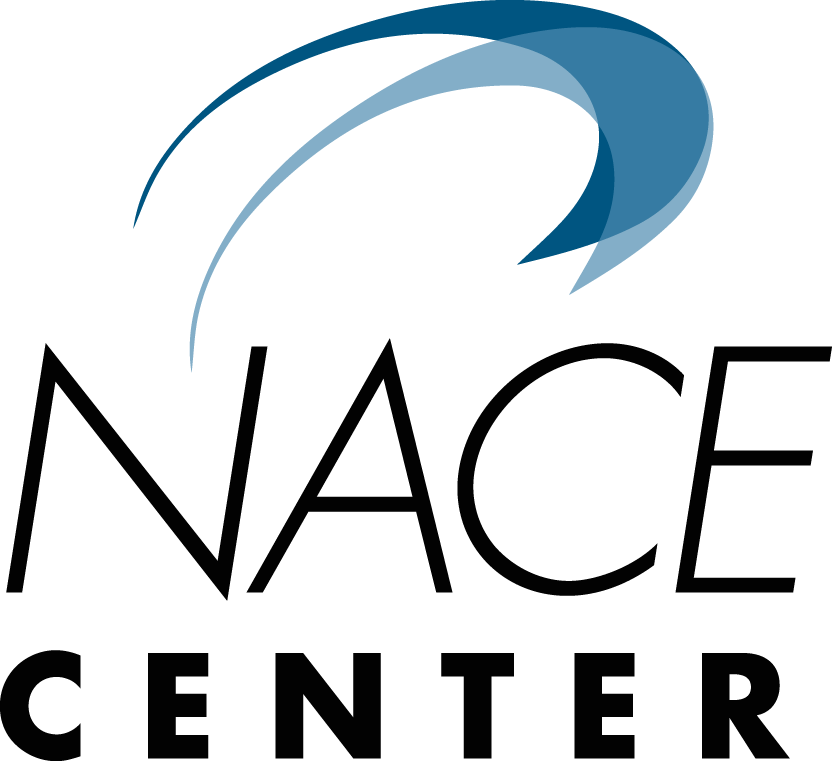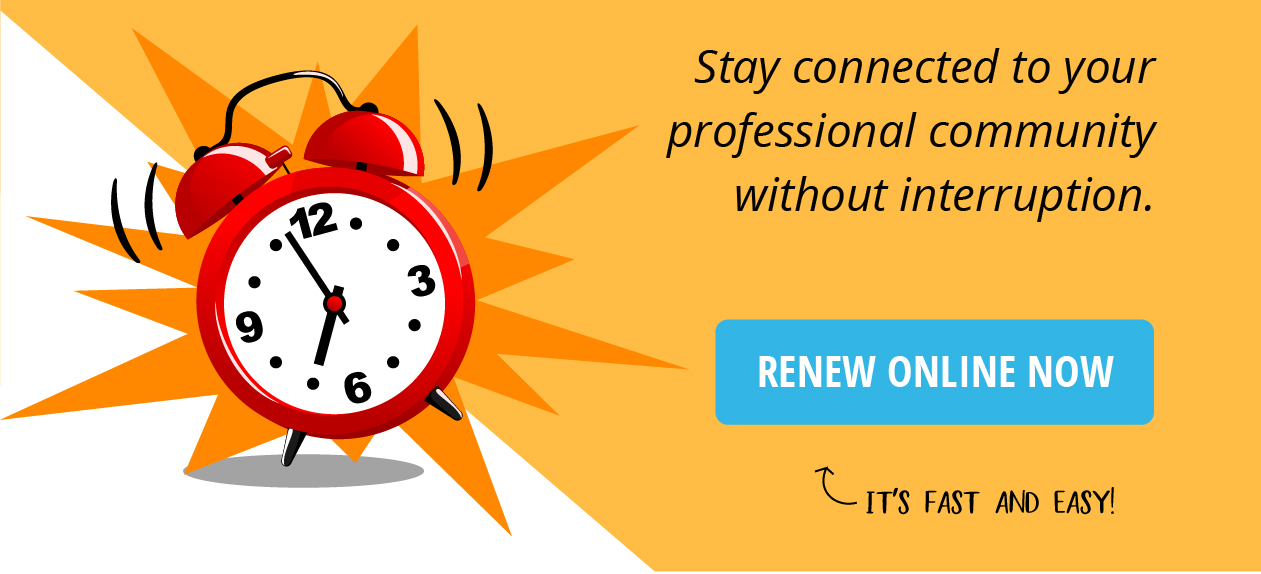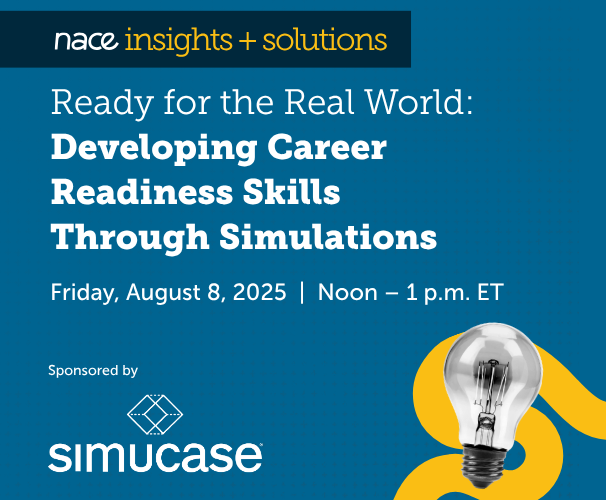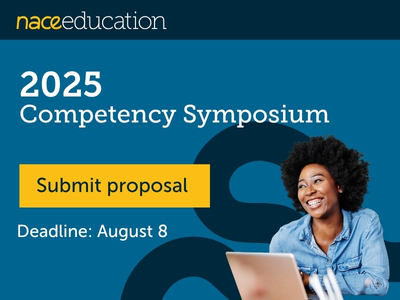When the University of Texas (UT) University Leadership Network (ULN) launched in 2013, it had two main goals that remain in place today: to help students graduate in four years and to provide students who are under-resourced with an opportunity to participate in various forms of experiential learning without having to work.
“The program provides these students with a $5,000 scholarship each year so they are able to participate without the burden of finances,” says April Barnes, director of academic experiences and the University Leadership Network.
“By the time they graduate, ULN students will have at least three different experiential opportunities on their resumes, which helps them develop skills and makes them more competitive in the job market.”
ULN partners with the UT Office of Scholarships and Financial Aid to award the scholarship funds at the beginning of each semester. Eligibility for the ULN scholarship is determined by the student’s Free Application for Federal Student Aid. The ULN scholarship is in addition to any other grants or scholarships a student might receive.
A Four-year Plan
The ULN’s four-year plan guides each student’s journey inside and outside the classroom. Throughout their four years at UT, ULN students must complete 30 credit hours per year—which includes transfer hours—and maintain a cumulative GPA of at least a 2.0.
In the plan, each year has a set of requirements that builds upon the previous year(s). The requirements span four areas: success programming, experiential learning, leadership, and progress toward degree.
For example, in Year 2, ULN students are required to:
- Attend monthly cohort connection and peer group meetings;
- Hold an off-campus job, hold an officer position in a student organization, get involved in research, and/or participate in any other experiential learning option;
- Complete five items on their ULN checklist, which includes tasks related to the program’s pillars of leadership, community, financial literacy, and career readiness; and
- Complete 37.5% of their degree requirements by the end of the fall term and 50% by the end of the spring term while maintaining at least a 2.0 GPA.
Competencies and Badging
ULN students are also required to earn digital badges by completing a certain segment of the curriculum or certain steps.
“Each digital badge is connected to one of the NACE Career Readiness Competencies,” explains Eboney Mitchell, student program coordinator.
“With my cohort connections, I talk about NACE research, such as what employers are currently looking for in the students they hire. Each digital badge is evidence that the students who earn it are proficient in that particular competency. The four years of ULN prepare students for the job market because we've incorporated what employers are looking for within their curriculum every year.”
Adds Gloria Pena-Spener, experiential learning coordinator: “With the cohort connections and the NACE Career Readiness Competencies, we've built a curriculum over the four years where the first year focuses on the transition into college, the second year focuses on communication and career- and self-development, the third year focuses on professionalism and teamwork, and seniors focus on critical thinking and technology. We try to make sure that the curriculum has a focus each semester that builds on the previous ones.”
Experiential Learning
The ULN program serves all majors—from fine arts to business to science and more—so the experiential learning for one student is going to look different for another.
“We make sure that we have different experiential learning opportunities and promote and help students get the ones that are going to work best for them,” Pena-Spener notes.
“That means building the skills that they're going to need after graduation to develop marketable and transferable skills to get hired into and be successful in the fields that they want to pursue. ULN ensures they have hands-on experience in professional work environments to build skills, and then we have them do a reflection afterward so they are able to articulate the skills that they learned.”
Skill development is also important because not only does it help with employability, but it also helps students retain their jobs once they get into these positions and then gives them an edge when it comes to upward mobility, Barnes adds.
Intentionality
One of the aspects of the ULN program that boosts its effectiveness is that students are assigned to a dedicated coordinator who specializes in supporting students for the students’ specific class year.
“We do this to be more intentional,” Barnes explains.
“Sometimes, coordinators work as generalists where they're helping students in every class year. By dedicating a ULN coordinator to a specific class year, the coordinator becomes an expert in that particular portion of the students’ journey and we can be intentional and very specific in the services, guidance, and support that we provide around course planning, financial aid, student activities, experiential learning opportunities, and more.”
Mitchell continues: “This helps us with what our students need when we're planning for the semester because we're the ones who are working with them on a daily, weekly, and monthly basis. The majority of our events are based on the NACE Career Readiness Competencies. By aligning coordinators and class years, we know the program’s requirements and the skills the students need to develop to earn each badge.”
The program also prepares students for what is coming next.
“Since students want to see themselves in the programming, we've incorporated cohort-specific events,” Mitchell notes.
For example, first-year ULN students participate in experiential learning workshops since they need to have an experiential opportunity in their second year.
“Instead of giving them this information in their second year, we are teaching them about the importance of experiential learning and what they're going to gain from it in the first year to help them understand and prepare,” Mitchell says.
Because coordinators build one-on-one relationships with ULN students, the “personal connection makes ULN special,” Mitchell points out.
“We meet individually with our students to talk about a variety of different steps, issues, challenges, and solutions,” she says.
“The beauty of ULN is that it gives a holistic approach for anything students need to learn outside of the classroom and for now and for their future.”
Measuring ULN’s Effectiveness and Offering Tips
ULN organizers measure the success of the program by conducting end-of-year assessments through which they ask students what they learned about the program, liked about the program, and did not like about the program.
“Overall and overwhelmingly, most students do have a very positive outlook on ULN,” Barnes says.
“They really appreciate the events that are specific to things that they can use in their career. Whenever a student comes to UT, they're given a predicted four-year graduation rate. ULN students are graduating about 15% above their predicted graduation rate. It's something that we are very proud of.”
In addition, the program awarded more than 400 digital badges at the end of the fall semester, a mark staff are eager to surpass this spring.
Barnes, Mitchell, and Pena-Spener have several recommendations for career centers looking to create programs similar to UT’s ULN:
- Include proper staff—Have staff members who are not only knowledgeable, but who are creative and willing to put in the work and see the vision of why the skill development is so important. These staff members have to be future-focused, seeing to and beyond the degree and into students’ professional careers.
- Be intentional when providing events and services—Students are very busy and they have a lot of different things going on. Program organizers should want them to participate in all of those things. However, make events and services worth their while, which doesn’t mean simply providing pizza. Make sure that students come away with something—information, insight, next steps, and more—that is going to benefit them.
- Find key partners—If there's a department on campus that does work in a certain area —such as data visualization—bring it into your program. Instead of program organizers creating every presentation and conducting every event, bring in campus partners to tap into their expertise.
- Consider scalability—ULN is an entity all of its own, but it is something that can be scaled and used campus-wide, not necessarily just in different programs. Taking a holistic approach by not just focusing on just one thing, but by incorporating other pillars like community building and finance help make a program more well-rounded and valuable.
“Our mission through ULN is to help our students graduate in four years with minimal debt but also with the maximum skills to be career-ready,” Mitchell explains.








